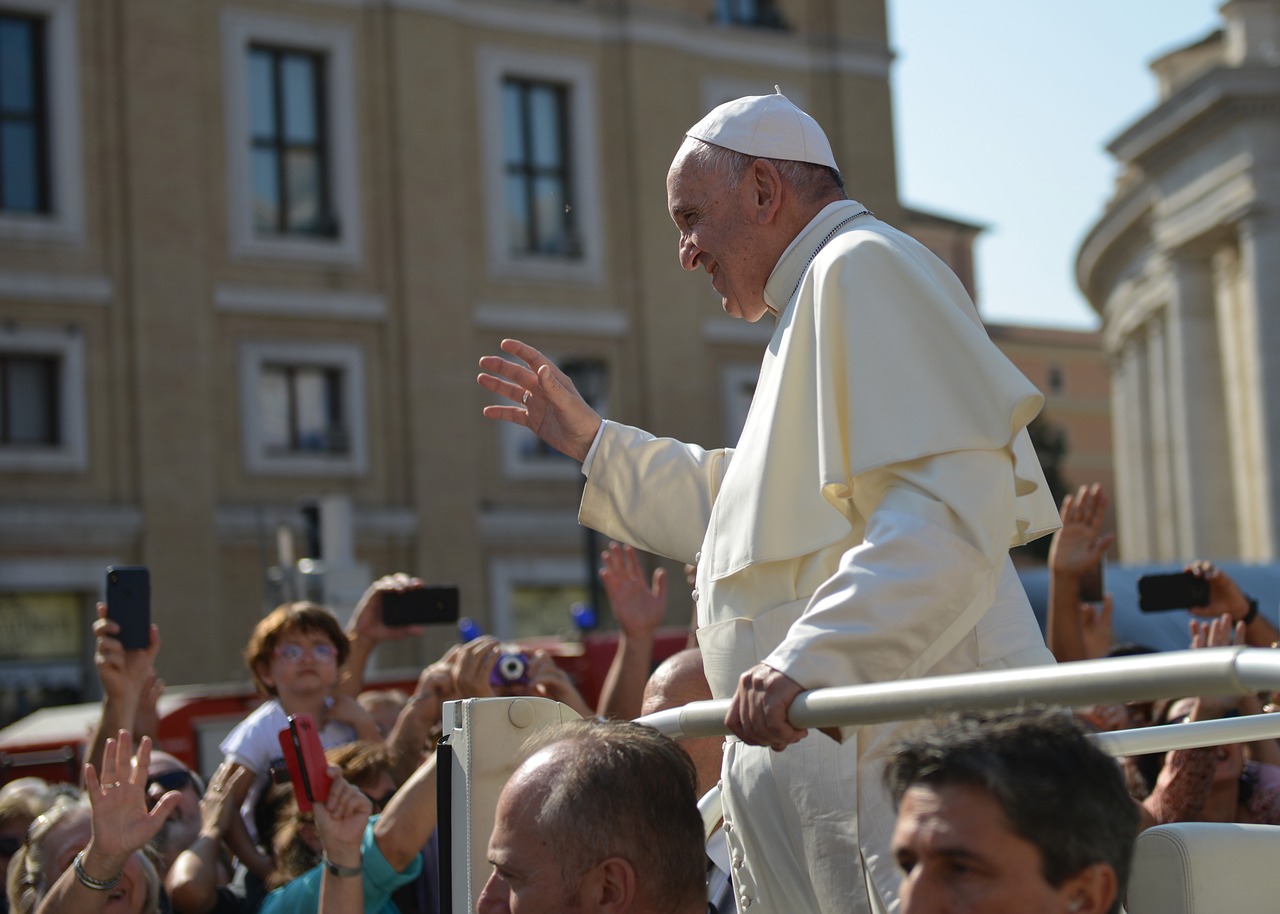
Of 266 popes so far, about 34 have belonged to religious orders. The exact count varies, but the most frequent pope-supplying order are the Benedictines (17), followed by Augustinians (six), and Dominicans and Franciscans (four each). The Cistercians supplied two. Pope Francis is the first Jesuit, and the first non-European pope in nearly 1,300 years. That latter fact is at least as influential on the direction of his papacy as his Jesuit-ness.
But certainly being a Jesuit affects how Francis thinks and prioritizes for the Church. According to Jesuit writer Frank Houdek, Jesuit spirituality—as presented in the Constitutions of their Society and particularly in the Spiritual Exercises of their founder Saint Ignatius—is based on six essential elements. The first is that their identity is in Christ—which you can probably guess from their official name, the Society of Jesus. This Christocentrism isn't merely dogmatic but involves fostering a personal bond with the living Christ. The second component of Jesuit life is recognizing oneself as a collaborator with the activity of God. Just as Jesuits take seriously the living Christ, they also passionately hold that God is engaged with the world and it's our responsibility to be coworkers and not obstacles to divine movement.
The third Jesuit conviction is a keen emphasis on spiritual discernment rather than pragmatic decision-making. Divine patterns and rhythms are discernible in our personal and communal life and we can develop a sense of where God is leading if we are attentive. Magnanimity of spirit is next, and it's a word we non-Jesuits may not use often. The magnanimous heart is generous, courageous, and heroic in its efforts. The good Jesuit envisions himself as a superhero for God's intentions, and maybe that's why we read so many hagiographies of Jesuit martyrs. Perhaps Pope Francis felt that tug of heroism when he accepted his election to the papacy.
The fifth element of Jesuit life is fraternity, but that sounds like what any religious community is about, doesn't it? Yes, but Jesuits imagine themselves as "friends in the Lord" and friends OF the Lord: that is, in the company of Jesus together. Perhaps the best-known Jesuit theme is the last: "finding God in all things." Prayer and service, affect and intellect, all are integrated into the Jesuit mission. Listen to the Pope's teachings, and see how many of these ideas you hear echoed in his words.
Scriptures: 1 Samuel 3:1-19; Psalms 19; 61; 71; 90; 121; 130; 139; Song of Songs 8:6-7: Isaiah 45:4; Jeremiah 29:11-14; Mark 1:16-20; Matthew 28:16-20; Luke 4:14-21; 18:18-30; 24:13-35; John 15:11-17; 21:1-18; 2 Corinthians 5:14-15; Galatians 2:19-20; Ephesians 2:10; 5:1-2
Books: Guided By the Spirit: A Jesuit Perspective on Spiritual Direction, by Frank J. Houdek, S.J. (Loyola Press, 1996)
Hearts on Fire: Praying with Jesuits, edited by Michael Harter, S.J. (Loyola Press, 2005)







